Concept, Creativity and Creation in a Pandemic:
My Top 10 takeaways
I was asked to write about the lessons I learned whilst bringing TLC to life through design – easier said than done but then again, so was the #TheLockdownCollection!
Let me set the scene... how does a hardworking, self-respecting, organised creative professional, like me, suffering from a severe anxiety disorder, as I do, take on a project that has:
no official brief, brand, budget, or market footprint?
Let’s add a deadline of 48 hours?
And, for good measure, throw in a global pandemic, shall we?
On any given day a project, as described above, would send me heading for the hills (or to the nearest bar which, given our current lifestyle, wasn’t possible).
Projects like these were the exact reason I’d learned to say no so many times in my career to make way for the better and more-wholehearted YES’s. Yes’s to the people, projects, and most importantly, to purpose.
The Lockdown Collection was born from pure purpose; we wanted to capture this historic period of time through the visual storytellers of our country and to me on a personal note, aid relief to vulnerable South Africans.
Designing and creating a project fueled by purpose only changed my mindset from what I would usually perceive as work or just another passion project. Knowing that whatever the task, no matter how seemingly tedious would ultimately make an impact for the greater good, was often an odd place to be. I was now a one-woman-ad-agency designing a full identity and brand campaign in under 48 hours.
Here’s what I learnt:
Lesson #1: A true investment to get things done.
No sleep, no problem. Food, what’s that. Keeping in touch, no time for niceties. We had 48-hours to get this done – not just done but over-achieved as failure was not an option, not for me or anyone on the team.
Lesson #2: No time for second guesses.
A 48-hour deadline makes time a real reality. No time to question concepts and redesign theories – my gut became my guiding light.
Lesson #3: Honest feedback means constructive outputs.
Our industry has historically been the hotbed for ego but there was no time, or intent, for that here! The TLC team – a team of mostly strangers – shared thoughts and ideas with a common purpose – get the job done!
Lesson #4: Pressure on purpose.
Pressure often creates a purpose, but we had that from the get-go. The pressure we were all under seemed to bind us together to reinforce our belief in the project. The complete dedication in supporting each other and never letting a team member down.
Lesson #5: Goodwill goes all the way.
I’ve heard it say that a crisis goes a long way to show a person’s true colours – if a global pandemic isn’t a crisis then what is? When tired, for a split second, I lifted my head to see the people involved in TLC and all of us were here to get the job done – for our people and our country.
Lesson #6: People driven by passion.
Creatives are passionate people at the best of times but throw in the good old-fashioned drive to do ‘the right thing’ humbled me, and the team, time and again. Purpose and passion pushed this project over the finish line – with a pinch of tenacity thrown in.
Lesson #7: Communication really is key.
Having our lives thrown into disarray with barely time to regroup meant that the need to stay in touch became not only a necessity but a lifeline. The team was stretched – literally and figuratively – and the thing that really did bind us were the ties of consistent communication with our eyes held on the greater good and goal.
Lesson #8: A goal without a plan really is a wish.
A-types all unite here, please! Again, with time not on our side, it was vital that our plan was in place, our lists were delegated, and our people were purposeful – it might have felt chaotic, but poetry sometimes does!
Lesson #9: The more things change, the more they stay the same.
This is my first global pandemic, not sure about yours?! So, it’s safe to say none of us know what we’re doing so, whilst we had a plan, we also were very clear that the plan was subject – to change – with no notice – and we just had to lean into the curve (no pun intended!) The structure was useful, the ability to change, imperative.
Lesson #10: We couldn’t have done it without you.
I don’t know about you but this, both the pandemic and more importantly TLC, has shown me the importance of gratitude. For what we have, for where we are, and for what we can do to help. None of this would have been possible without everyone – however small or larger their contribution – who was involved.
I was and still am, humbled by these humans. Thank you – for it all.
Written with love and deep gratitude
by Tanya de Jongh, Design & Content Partner at MRS WOOLF













